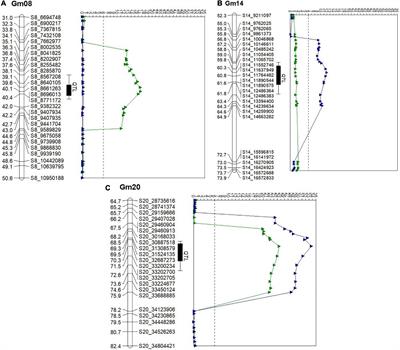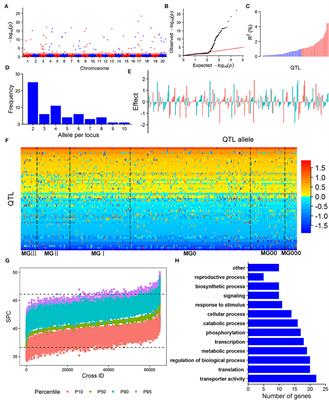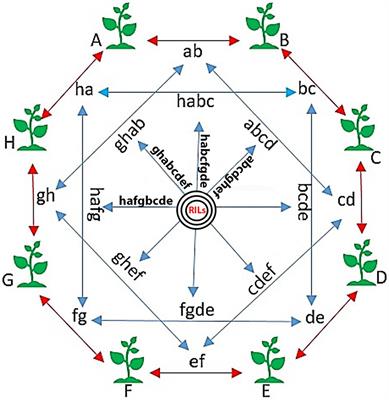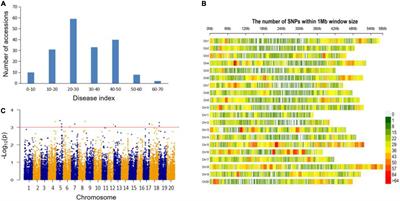EDITORIAL
Published on 28 Feb 2023
Editorial: Soybean molecular breeding and genetics
doi 10.3389/fpls.2023.1157632
- 2,265 views
- 8 citations
20k
Total downloads
85k
Total views and downloads
You will be redirected to our submission process.
EDITORIAL
Published on 28 Feb 2023
ORIGINAL RESEARCH
Published on 29 Jul 2022

ORIGINAL RESEARCH
Published on 12 Jul 2022

ORIGINAL RESEARCH
Published on 07 Jul 2022

ORIGINAL RESEARCH
Published on 22 Jun 2022

ORIGINAL RESEARCH
Published on 14 Jun 2022

ORIGINAL RESEARCH
Published on 12 May 2022

ORIGINAL RESEARCH
Published on 03 May 2022

REVIEW
Published on 26 Apr 2022

ORIGINAL RESEARCH
Published on 25 Apr 2022

ORIGINAL RESEARCH
Published on 25 Apr 2022

REVIEW
Published on 31 Mar 2022

